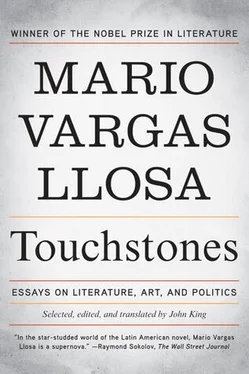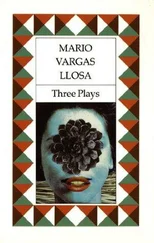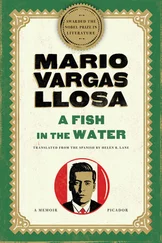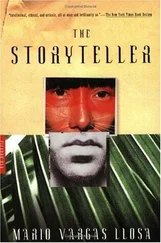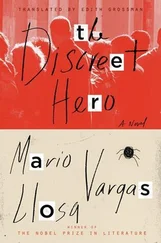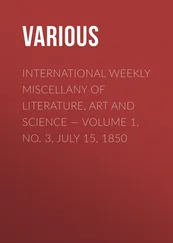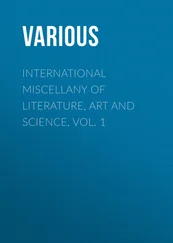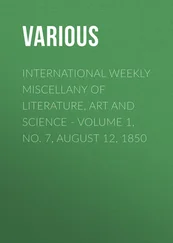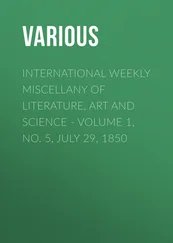The journey to the London she loathed also changed her when she returned to France. Because in the capital of England, Flora did not just see young children working fourteen hour days in factories, or serving prison sentences alongside hardened criminals, or adolescent girls in luxury brothels being forced by powerful men to drink contaminated alcohol so that they could watch the girls vomit and fall down drunk. She also saw major demonstrations of the Chartist movement, the way they collected signatures on the street, how they were organised, by district, city and workplace, and she also attended, with characteristic daring, a clandestine meeting of the leaders, in a Fleet Street pub. Due to this experience she conceived the idea, that no one has yet attributed to her, and which some six years later Karl Marx would proclaim to the world in the Communist Manifesto : that only a great international union of workers from all over the world would have the necessary power to end the current system and usher in a new era of justice and equality on earth. In London Flora became convinced that women would be unable to shake off their yoke alone: that, to achieve this aim, they would have to join forces with the workers, the other victims of society, that invincible army of the future that she had glimpsed in the orderly marches of thousands of people organised by Chartists in the streets of London.
Flora Tristán’s personal utopia is expressed succinctly in L’Union Ouvrière (1843) — a small book that, because she could not find a publisher willing to take the risk, she published herself, by subscription, calling on all her friends and acquaintances in Paris — in her correspondence and in the Diary that she wrote during her journey around France, that would only be published many years after her death, in 1973. The objectives are clear and magnificent: ‘ Donnez à tous et à toutes le droit au travail ( possibilité de manger ), le droit à l’instruction ( possibilité de vivre par l’esprit ), le droit au pain ( possibilité de vivre complètement indépendant ) et l’humanité aujourd’hui si vile, si repoussante, si hypocritement vicieuse, se transformera de suite et deviendra noble, fière, indépendante, libre, et belle, et heureuse ’ (‘Give everyone, men and women, the right to work (the possibility of eating), the right to education (the possibility of living for the spirit), the right to bread (the possibility of living completely independently), and humanity, which is today so vile, so repulsive, so hypocritically dissolute will be transformed and will become noble, proud, independent, free, beautiful and happy’). 48
This revolution must be peaceful, inspired by love of humanity and filled with a Christian spirit which (as Saint-Simon also argued) would get back to the values of early Christianity — generosity and support for the poor — that the Catholic Church later betrayed and corrupted by aligning itself with the rich. Even God is reformed by Flora Tristán: God becomes Gods in the plural ( Dieux ), but would still be a single entity, because the divine being ‘is father, mother and embryo: active, passive and the seed of an unclear future’. The revolution would not be nationalist; it would cross borders and be internationalist. (In her first pamphlet Flora proclaimed: ‘Our country must be the universe.’) The body that would effect this social transformation would be the army of secular, peaceful workers, the ‘Workers’ Union’, in which men and women would participate on an entirely equal footing. Through persuasion, social pressure and working through legal institutions, it would completely transform society. This union would need to be strong economically in order to undertake urgent social reforms straight away. Every worker would contribute two francs a year and, because there are eight million workers in France, that would be a capital of sixteen million with which one could immediately open schools for the sons and daughters of the workers, who would receive a free and common education. The Union, in line with the British Chartists, would demand that the National Assembly elect a Defender of the People — paid for by the Assembly — to promote revolutionary measures within that body: the re-establishment of divorce, the abolition of the death penalty and, the main measure, the right to work, through which the state commits to guaranteeing employment and a wage to all citizens without exception. Similar to the phalanges or ‘phalanasteries’ proposed by Charles Fourier, the Union would create Workers’ Palaces, complex bodies offering many different services, where the workers and their families would receive medical attention and education, where they could retire and live a secure and protected old age, where every victim would be given help, advice and information and where those who spend long hours of the day working with their hands could enjoy culture and educate their spirit.
Even though some of these aspirations might today have been met by Social Security, we should not lose sight of the fact that these proposals were very daring, almost fantastic, in the context of the mid-nineteenth century, as can be seen from the criticisms and the reservations of the workers themselves to Flora’s ideas, which they regarded as most unrealistic. But she was convinced that there were no obstacles that will-power, energy and action could not overcome, because she was both — and this was an unusual mixture — a romantic dreamer, capable of being caught up in fantasies completely disconnected from reality, and a formidable activist, with a contagious power of persuasion and a passion that led her to confront every difficulty. From the time that she conceived of the Workers’ Union in 1843, until her death, some two years later, Flora Tristán was a real volcanic spirit, incessantly active and versatile: instead of artists and writers, her flat in the Rue du Bac was now full of workers and leaders of friendly societies and unions, and when she went out, it was to appear in workshops or to publish in proletarian publications, attending interminable meetings and sometimes getting caught up in heated discussions with those that objected to her ideas. It could not have been easy for a woman, with little experience of this work and unfamiliar with the political climate, to cope with these proletarian venues, which were not used to the involvement of women in activities which had until then been the domain of the men. And yet she threw herself into the task. For even though she saw that among the workers there were also many bourgeois prejudices and discriminatory attitudes towards women (which were also shared on occasion by the women workers themselves, some of whom insulted her, thinking that she was looking to seduce their husbands), she was not intimidated and she did not soften her message or her approach, that mystic, redemptive energy that fuelled her Union crusade.
That was why, in April 1844, she began her propaganda tour around the central and southern regions of France, which was to be just the beginning of a journey throughout other parts of the country and then through the whole of Europe. Weakened by illness and with a bullet lodged in her chest, she had to deal with innumerable obstacles on her journey, including the hostility of the authorities that searched her hotel room, confiscated her belongings and banned her meetings. She held out for a mere eight months, until her death in Bordeaux, on 14 November 1844. But in the course of her journey, she became ever more impressive and her actions became increasingly moving as she took her social message not just to the workers but also to the leading members of the establishment — bishops, businessmen, newspaper owners — convinced that her ideas for social justice would also win over the exploiters. Her tragic death, at forty-one years of age, brought to an end a richly varied life, admirable in its dedication — albeit marked by the nineteenth-century dream of utopia — which represents an important stage in the struggle for women’s rights and for a society free of all forms of discrimination, exploitation and injustice.
Читать дальше
